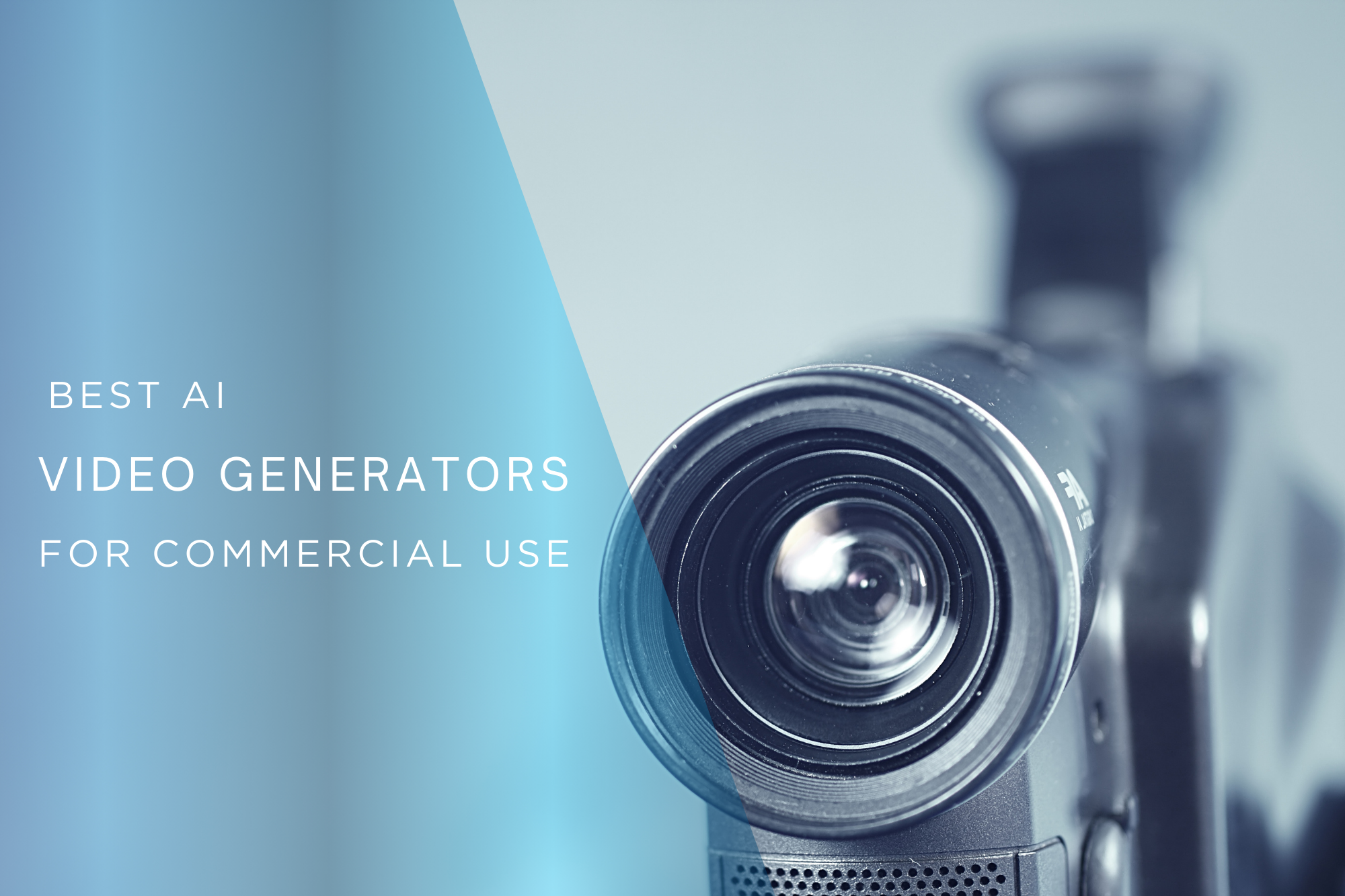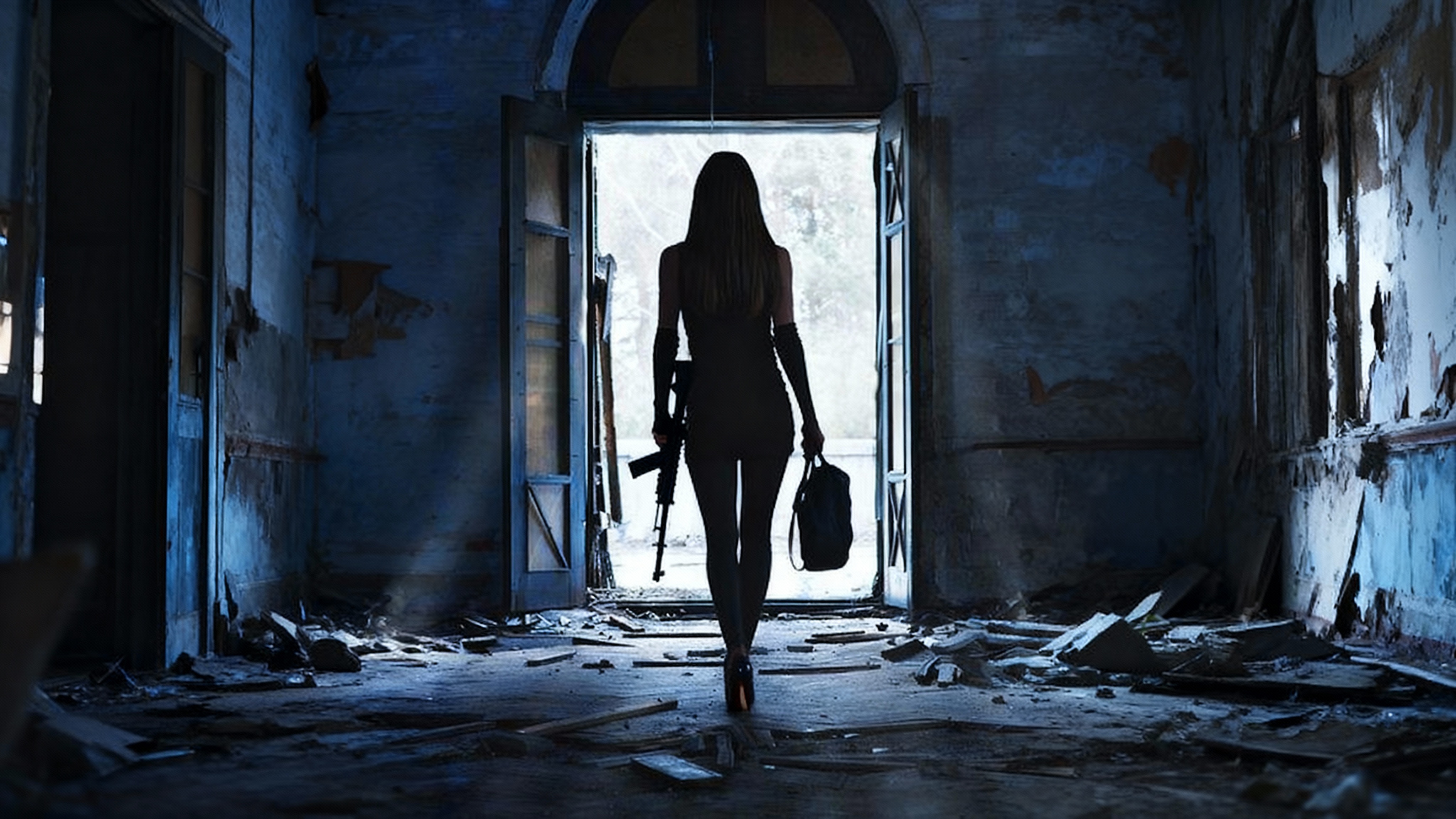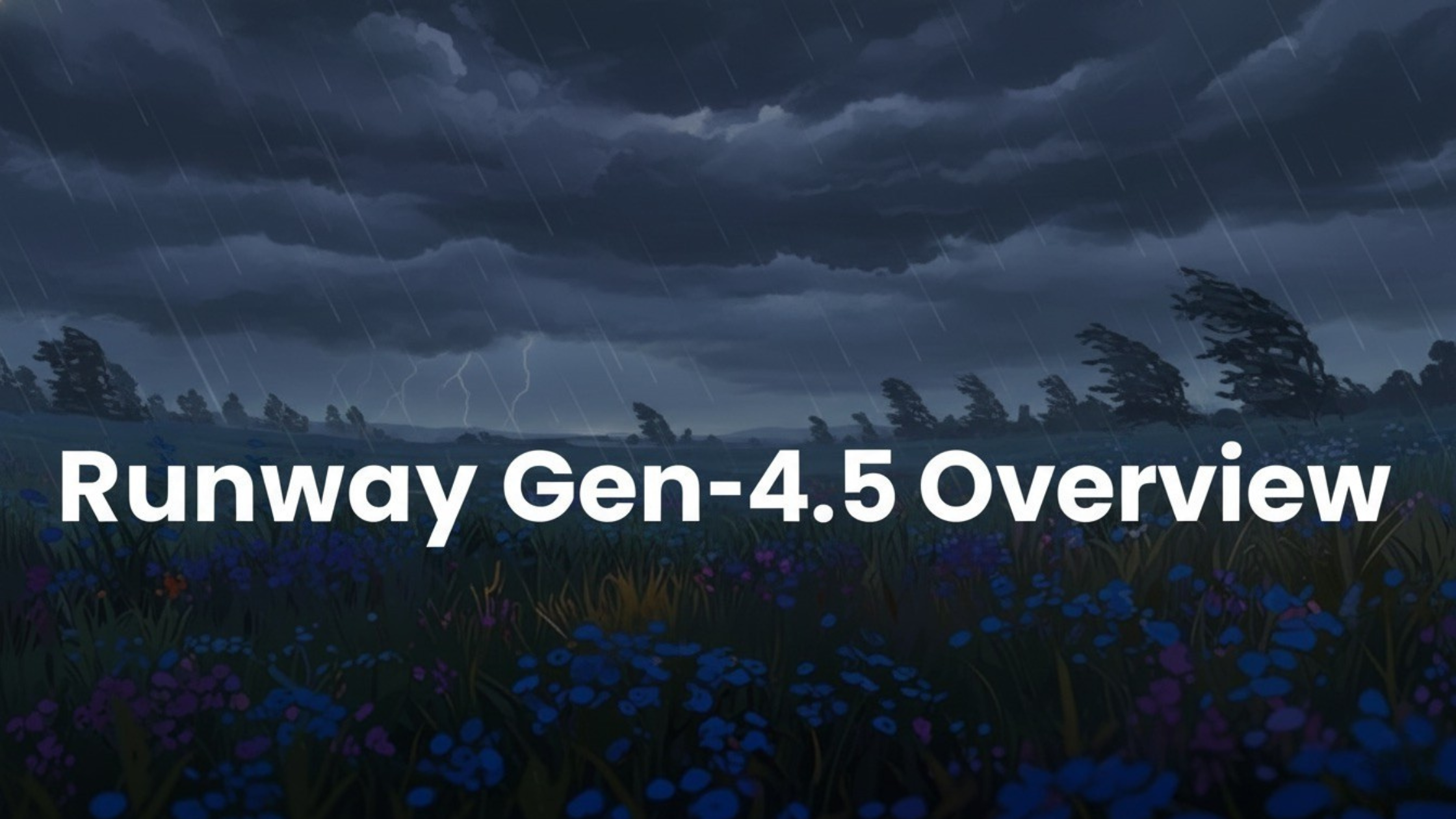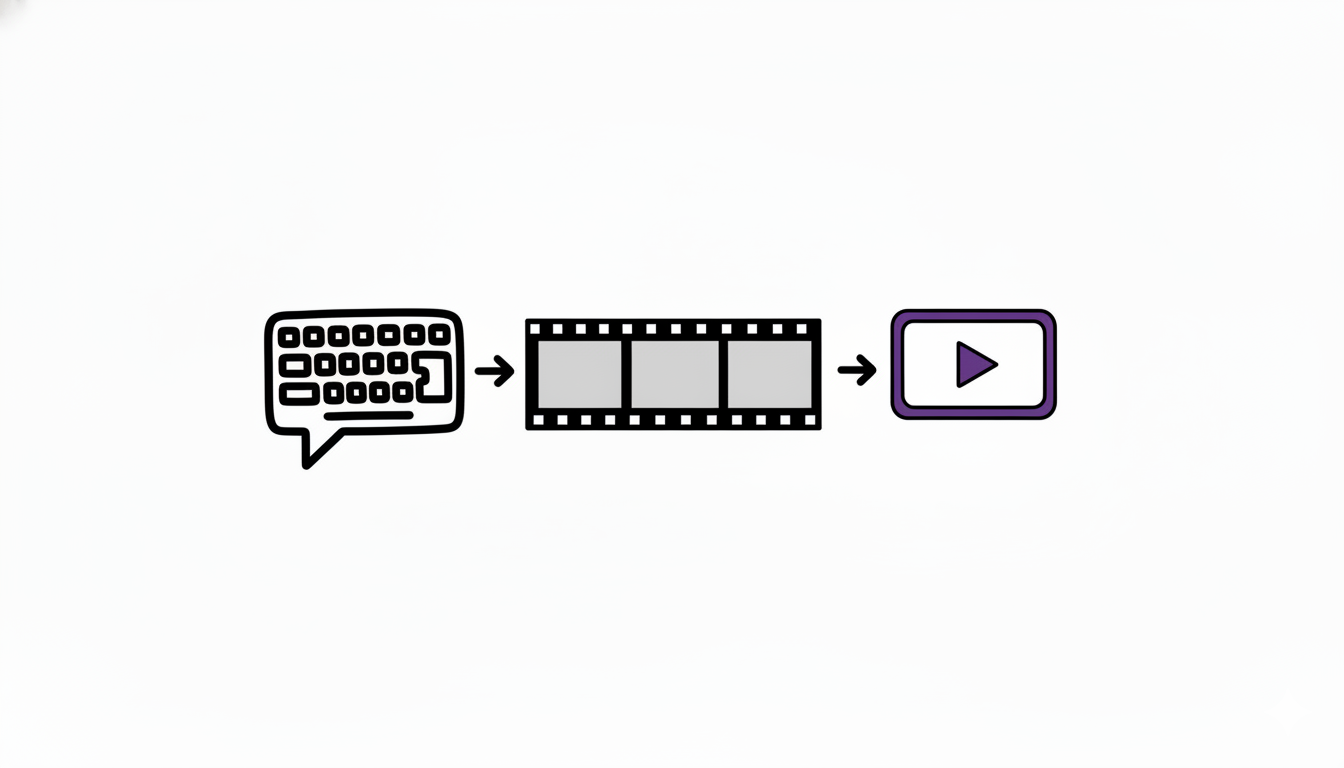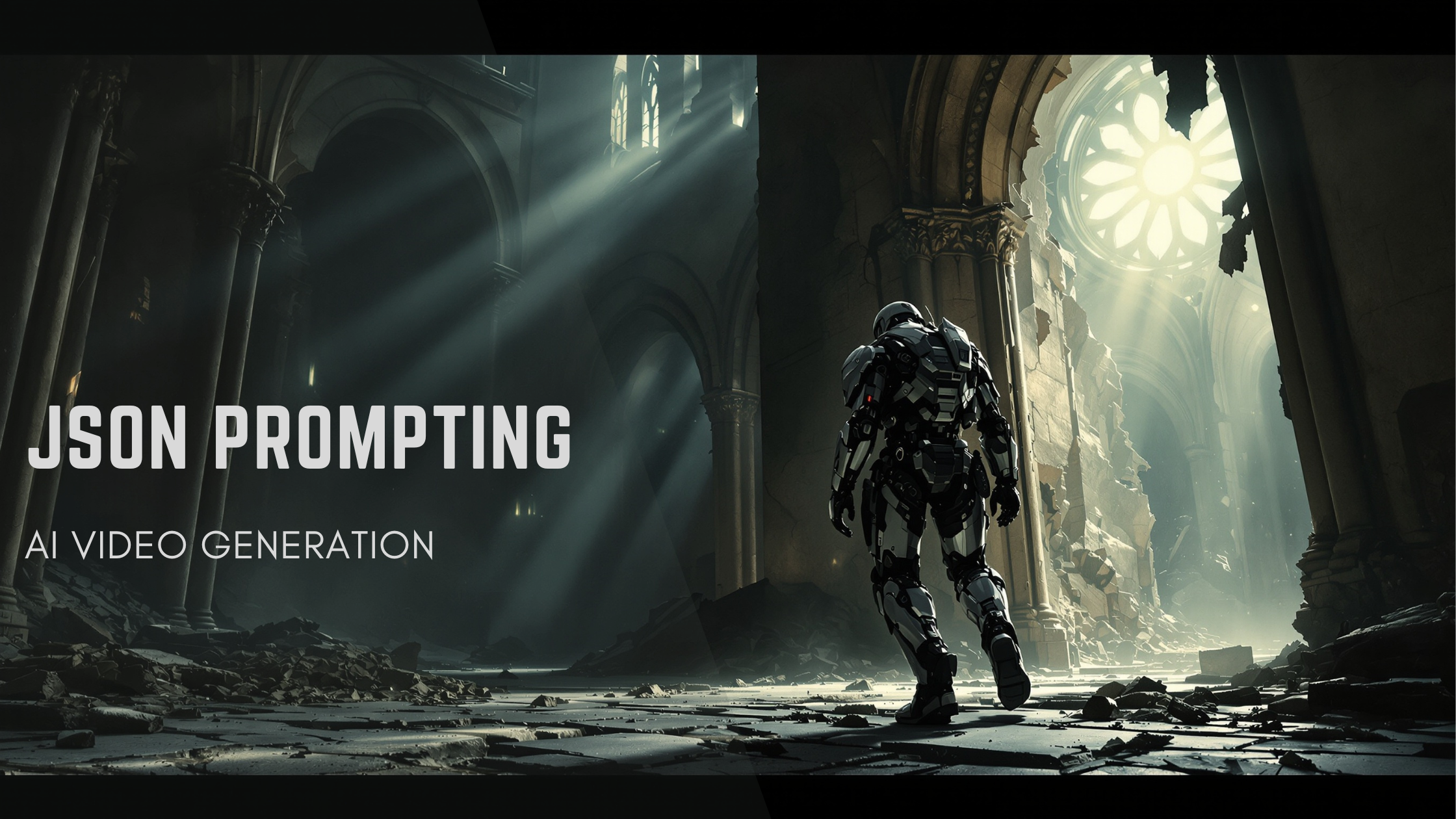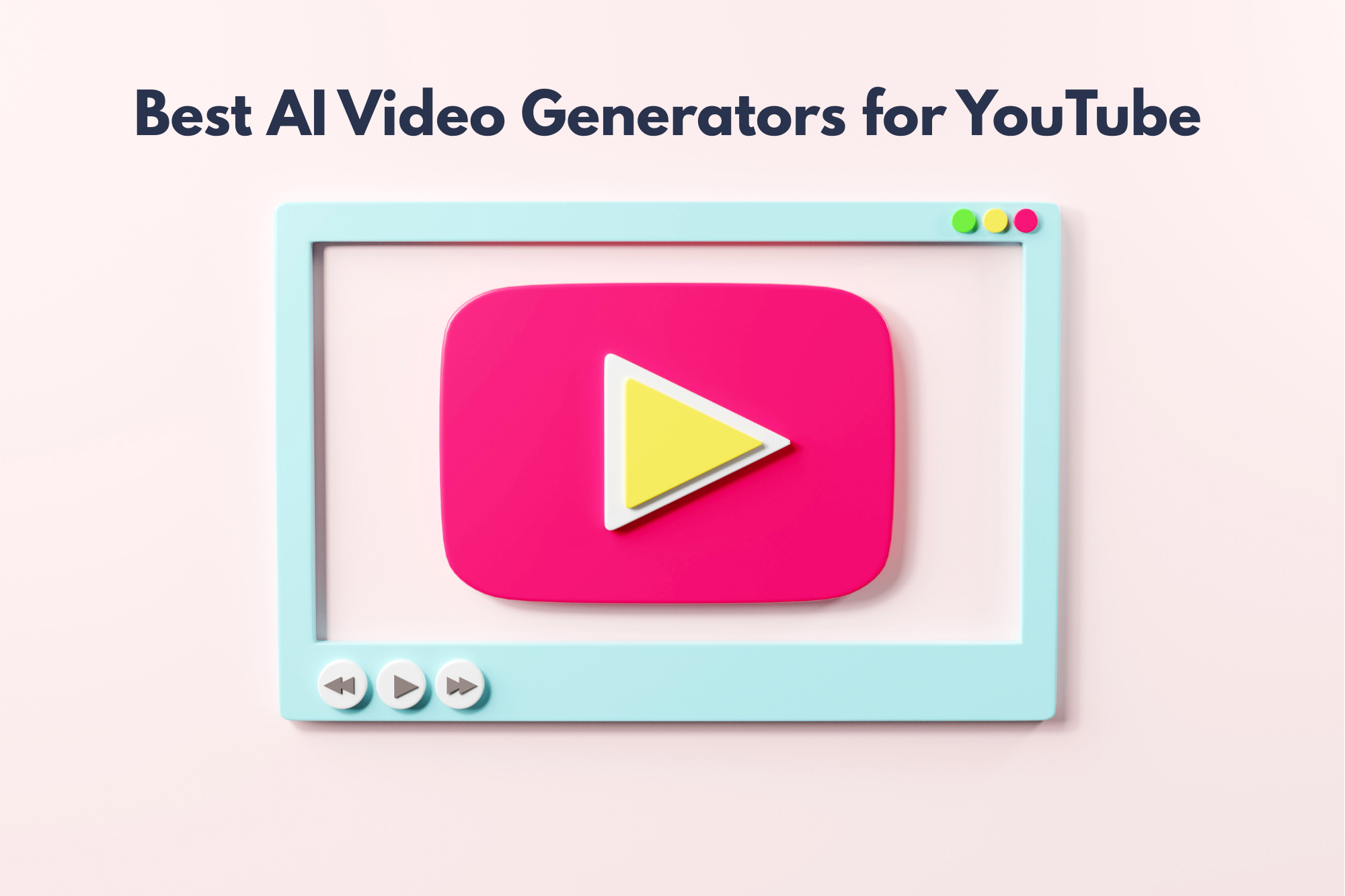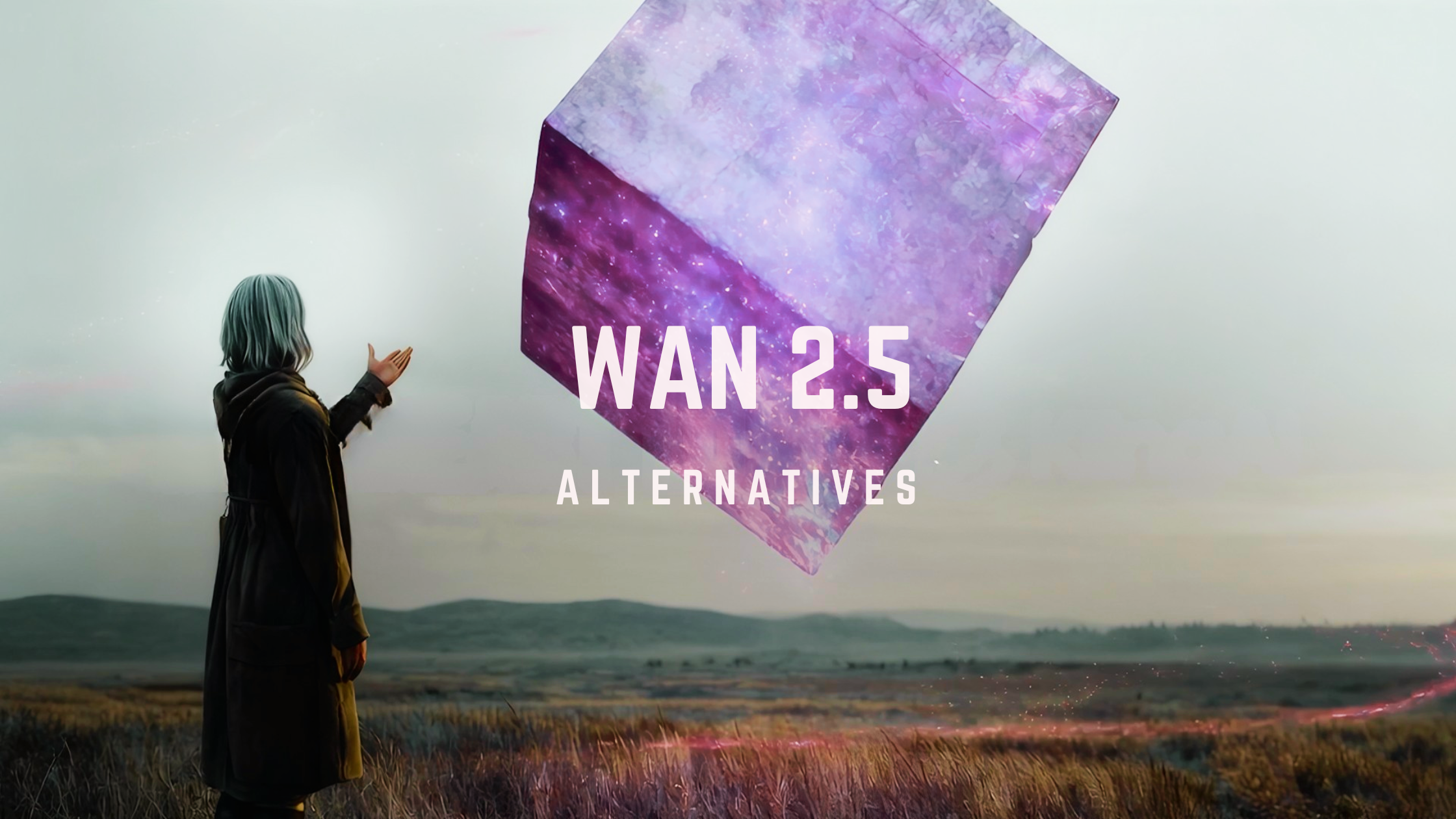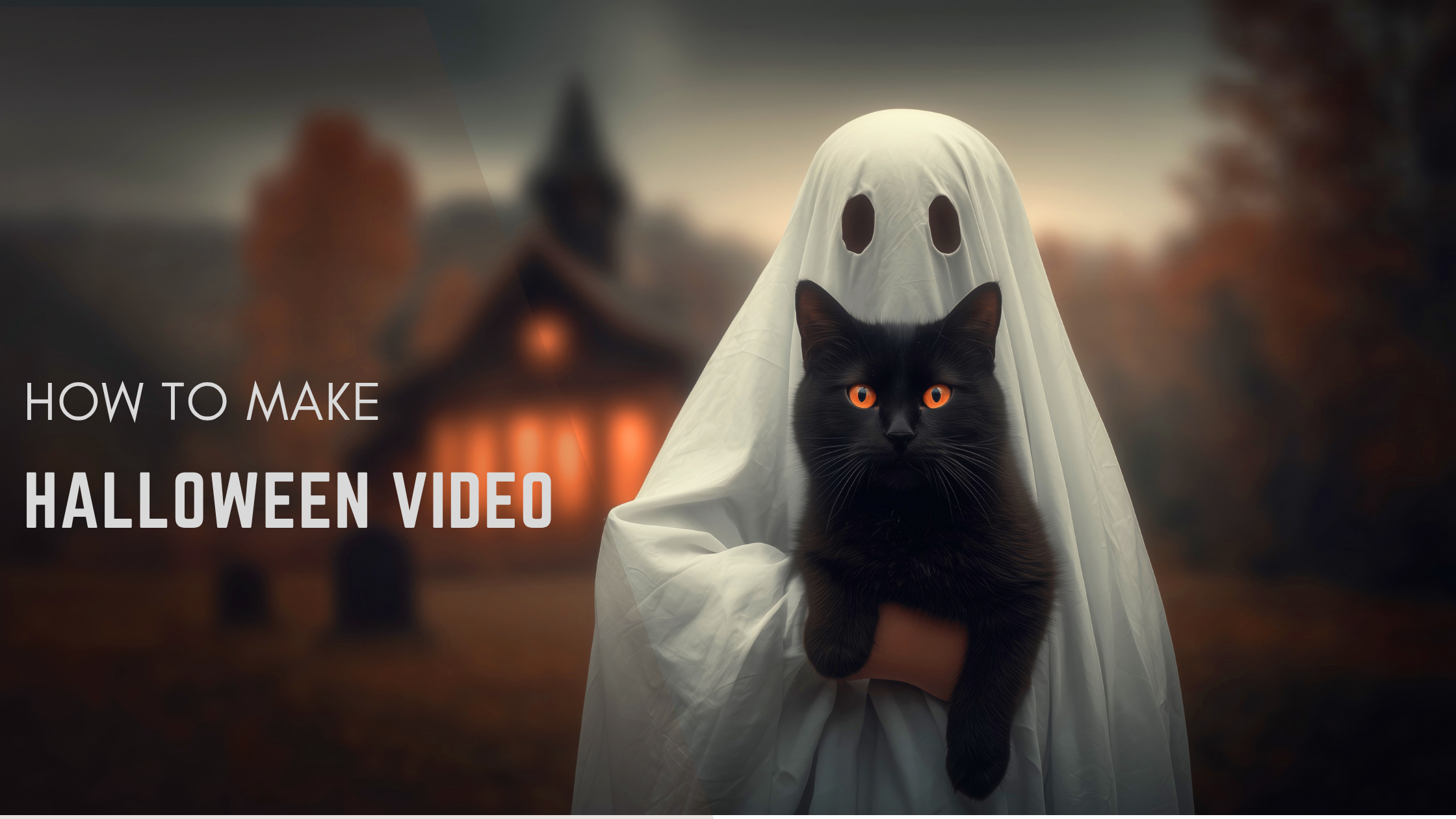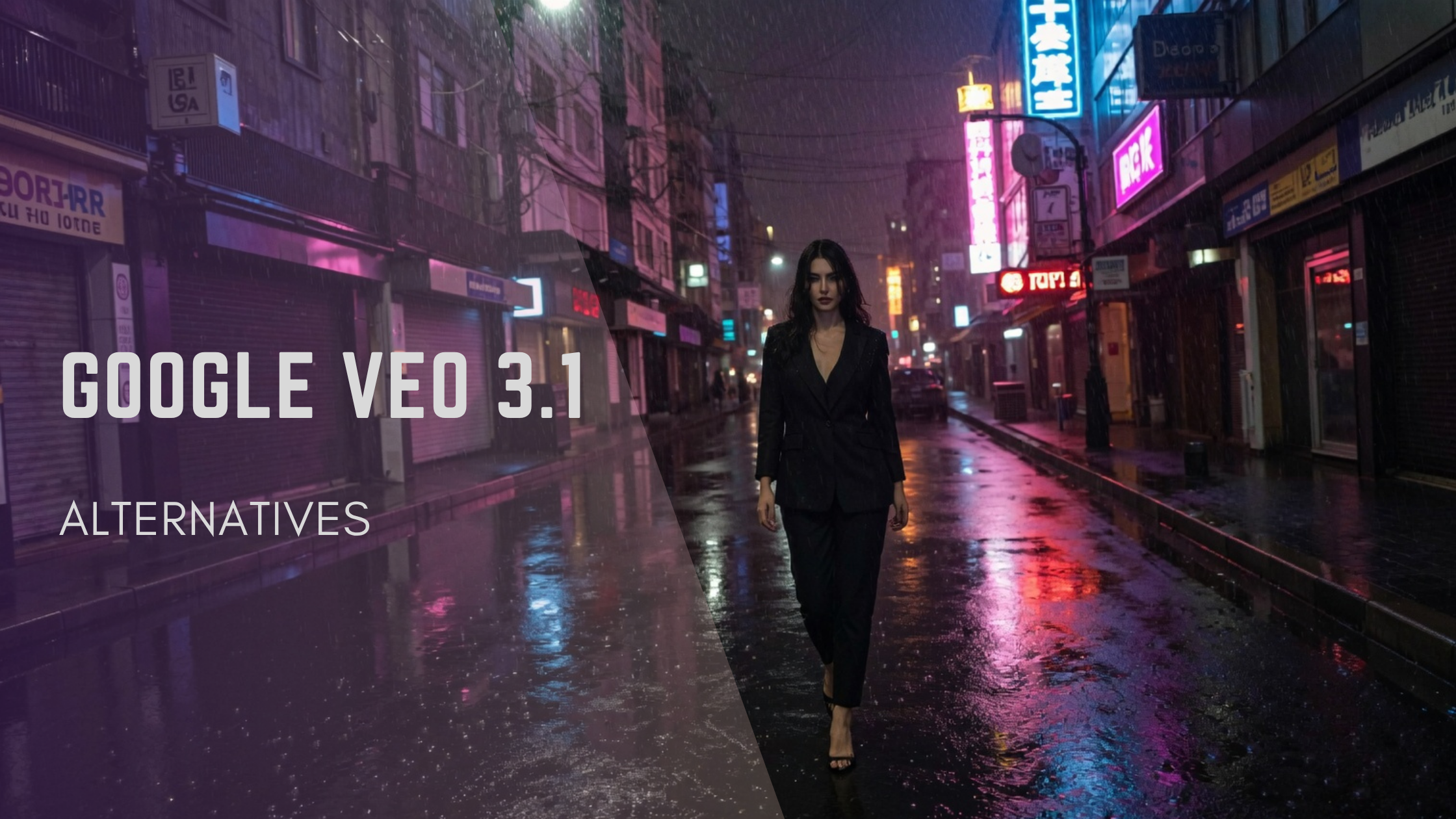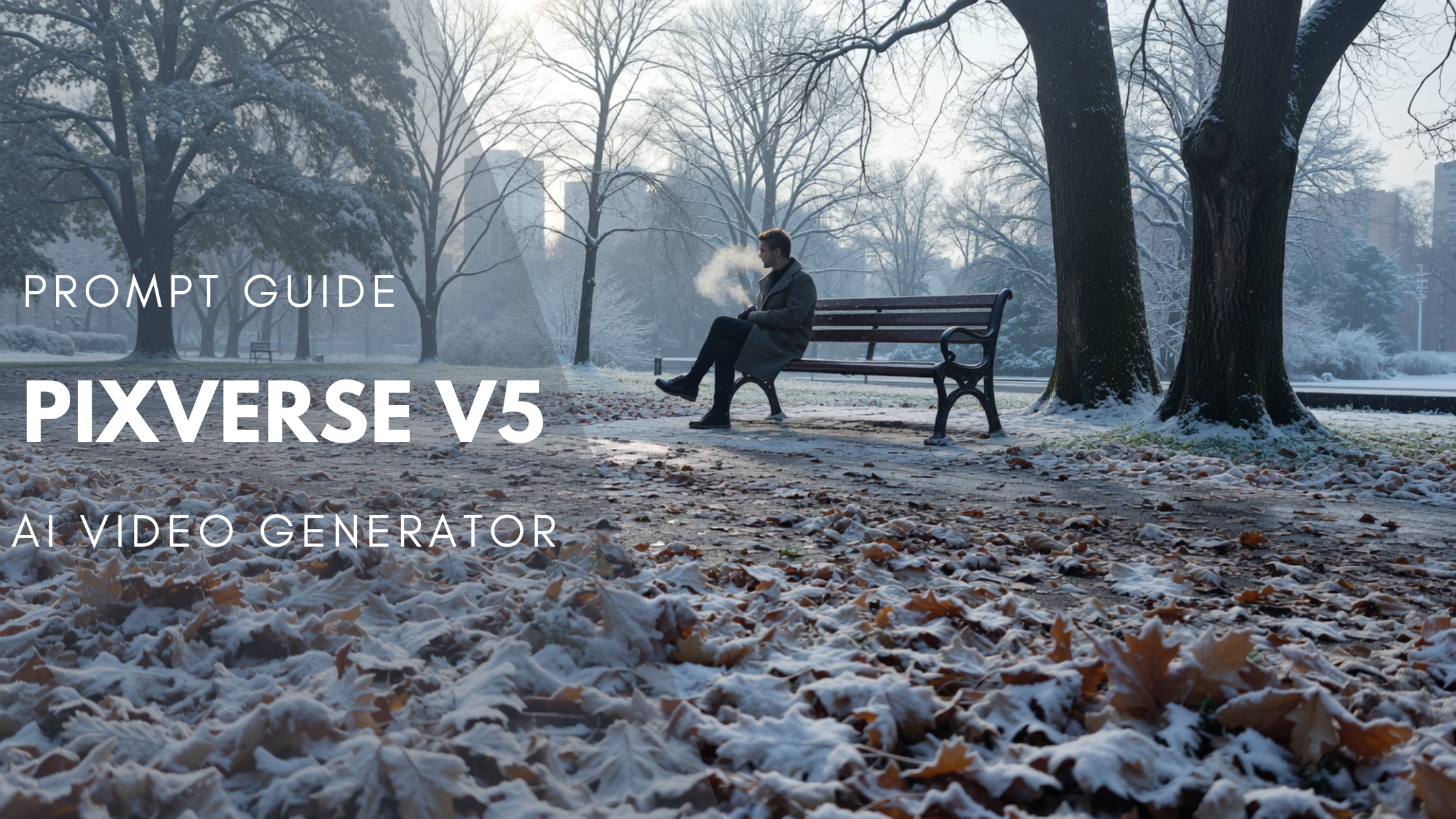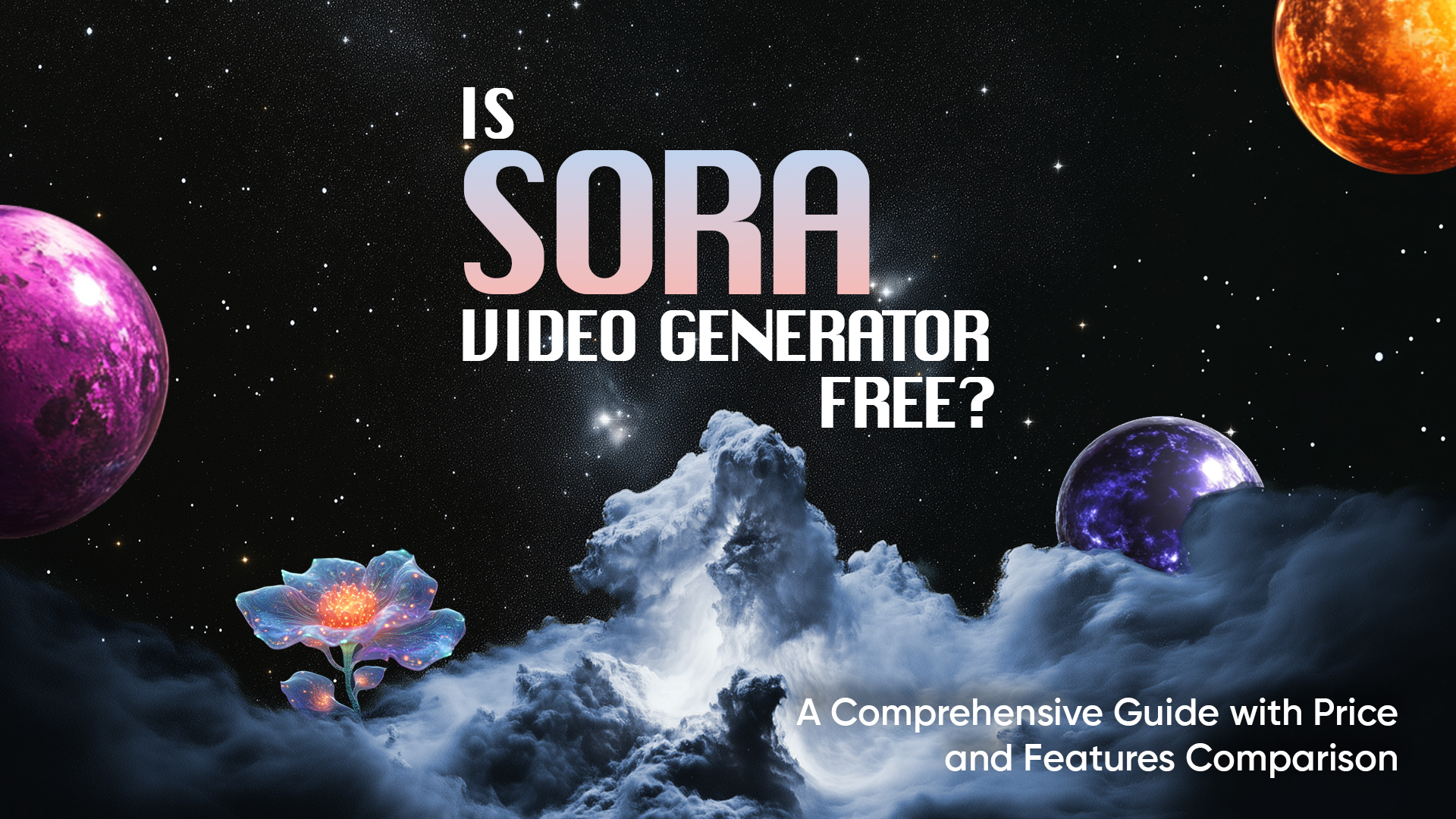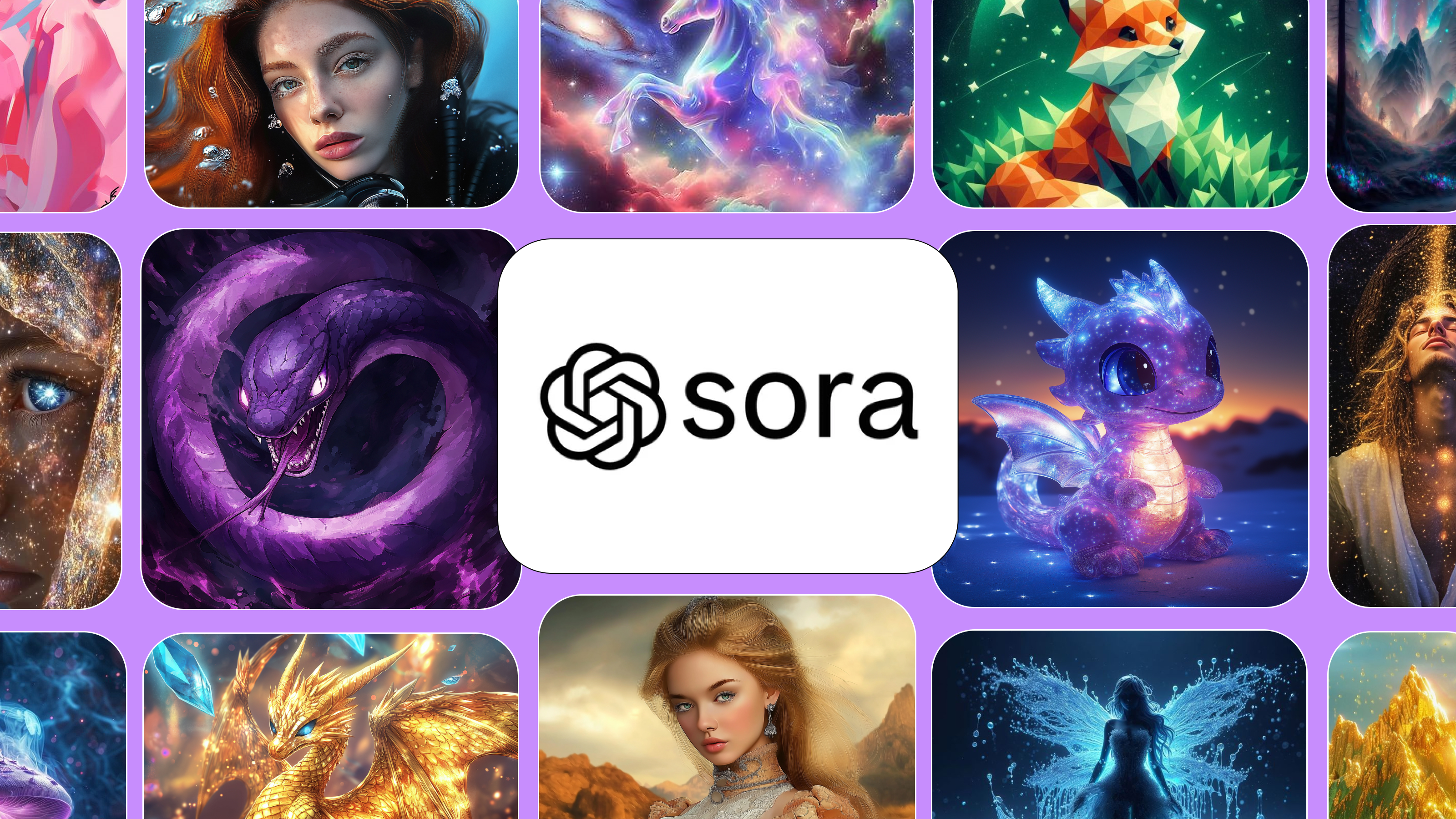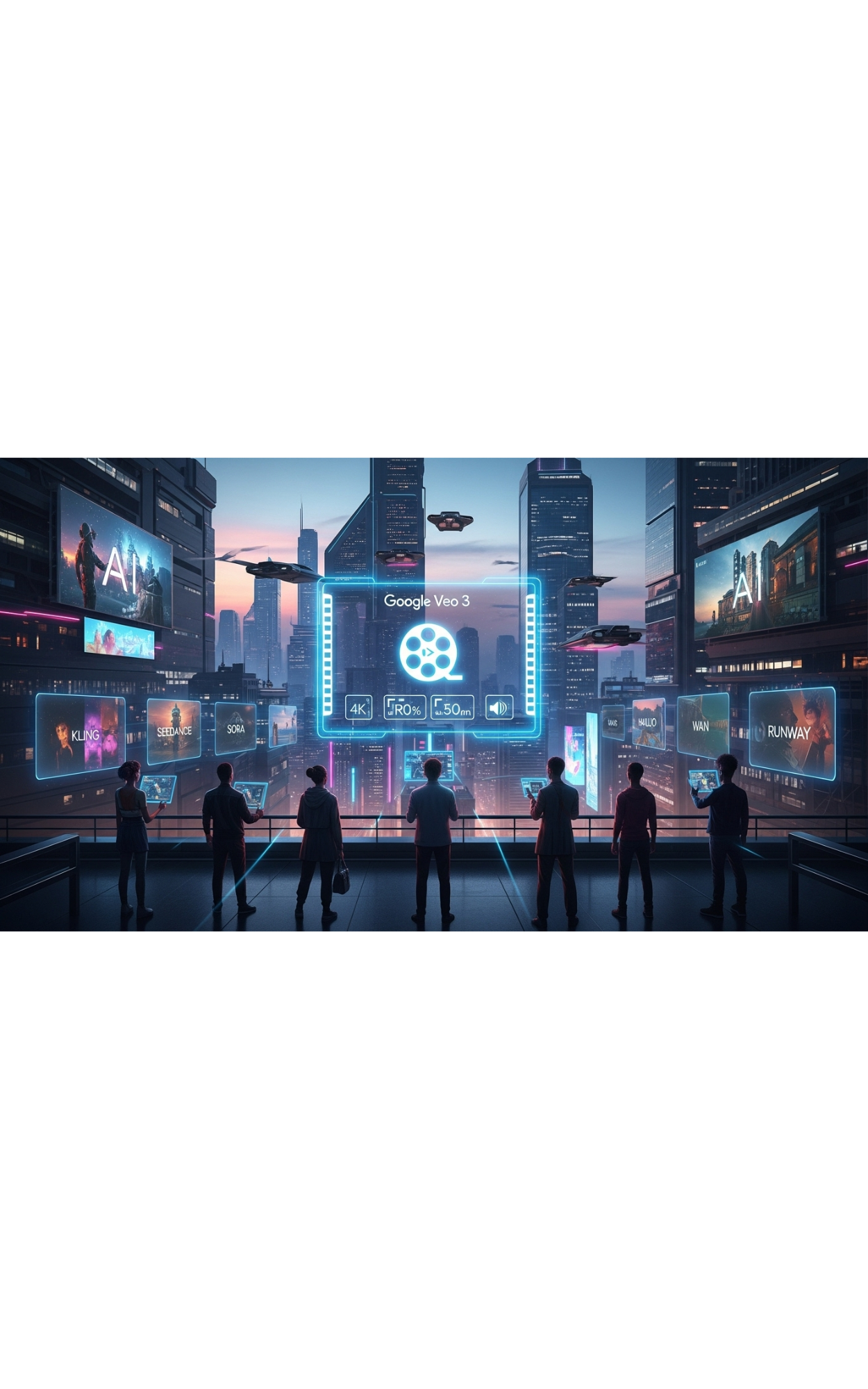

Tooba Siddiqui
Mon Sep 08 2025
16 mins Read
The year 2025 saw incredible growth in tools to create professional-grade cinematic AI video generation. From short clips to full-fledged production-level B-rolls, Google Veo 3 became the most talked-about AI video generator with the introduction of newer upgrades. A few weeks ago, Google Veo 3 Fast model was introduced with faster generation at reduced cost. Now, Google Photos has updated its image-to-video capabilities with Google Veo 3.
Although Google Veo 3 delivers what it promises, there are other AI video generators competing with Google DeepMind’s creation for that top spot. We will compare the speed and quality of six of the most preferred AI video generators with Google Veo 3 in this blog:
- Seedance 1.0
- Kling 2.1
- Wan 2.1
- Sora
- Hailuo
- Runway.
What is Google Veo 3?
Google Veo 3 offers higher prompt adherence, turning a singular prompt into Hollywood-level video content. This tool leverages advanced AI-technology to create scenic realism, physics simulation, and rendering 4K video production.
The recently introduced Fast/Turbo modes allow for quicker generation at incredibly lower costs. The Veo 3 Fast vs quality mode differs in credit consumption and generation speed. Fast mode consumes at most 20 credits as compared to the 150-credit consumption in the quality mode. However, the 80% cost reduction comes with a slightly lower video quality and reduced detail. The Fast/Turbo mode could be an ideal AI video generation model for social media content creators, ad agencies, and educational materials.
You can learn more about creative possibilities with Google Veo 3 on ImagineArt blog.
Key Features of Google Veo 3
- Native audio: This AI video generator comes with a built-in audio synchronizer that produces sounds organically. The model can interpret scenic context and produce well-aligned sounds and audio for a richer experience.
- Prompt adherence: Google Veo 3 can understand complex prompts and render well-detailed videos within seconds. It doesn’t require you to reiterate or fine-tune your prompt for accurate video creation.
- Physics simulation: Google Veo 3 is fully capable of generating scenes that mirror the physics of the real world. The precise physical behavior and reaction to gravity make your video content credible and lifelike.
- Higher fidelity: Google Veo 3 can produce video of up to 4K resolution. The higher prompt adherence and cinematic realism ensure your videos are free from blurriness, pixelation, and any other distortions.
- Character consistency: Google Veo 3 ensures the dialogues are properly synced with the lip movements of the characters, while making sure the characters appear natural, engaged, and lifelike when speaking.
Learn more about Google Veo 3 features on ImagineArt blog.
Google Veo 3 vs. other AI Video Generators
Being a part of Google Flow platform, Google Veo 3 leverages the image generation capabilities of Imagen 4 and the prompt understanding features of Google Gemini. Such a well-integrated workspace streamlines the video creation process, from an idea to cinematic content. Here’s a breakdown of Google Veo 3 in comparison with six other AI video generators:
Resolution Comparison:
Google Veo 3 produces 4K resolution for paid users and 720p video upon free usage.
Veo 3 vs. Kling
Kling AI can produce video of up to 4K resolution, but not in all versions, higher resolutions are available to premium tier subscribers and users. While other versions produce video content of 1080p resolution.
Seedance vs. Veo 3
Seedance 1.0 can produce a 1080p quality clip in less than a minute with smoother transitions and motions. The Lite version can produce 720p videos, and Pro version produces 1080p. For higher video resolution, you will need a third-party upscaler to improve video quality.
Runway vs. Veo 3
By default, Runway produces video at 720p, but the generated videos can be upscaled to 4K resolution using Runway’s built-in video upscaler. However, the upscaling tool is only available to paid users and subscribers.
Sora vs. Veo 3
Developed by OpenAI, Sora AI can produce full HD video with a maximum 1080p resolution, and you can choose from different video resolutions, including 480p and 720p. ChatGPT Pro users have access to 1080p video resolution, and ChatGPT Plus users have access to 720p and lower-resolution videos.
Wan 2.1 vs. Veo 3
Wan 2.1 supports 720p and 480p video resolutions. However, higher video quality requires more GPUs, generally of 24GB VRAM.
Hailuo vs. Veo 3
Hailuo AI video generator can produce videos of different resolutions, including 1080p, 720p, and 786p. The 1080p resolution is for the pro-tier subscribers. 768p is standard resolution available for video production with Hailuo 02 model for a 10-second video. The 720p is a basic resolution available for free access users for a 6-second video.
Frames per second:
The frame rate of Google Veo 3 depends on the prompt complexity and dynamics and can vary from 24 fps to 30 fps.
Veo 3 vs. Kling
Leveraging the Diffusion Transformer Architecture, Kling AI produces 30 frames per second consistency in transitions and motions.
Seedance vs. Veo 3
Seedance 1.0 offers a frame rate of 24 frames per second.
Runway vs. Veo 3
Runway Gen-3 and Gen-4 models can generate video at 24 frames per second.
Sora vs. Veo 3
Typically, Sora can generate video at a frame rate of 24, but output can be refined up to 30 frames per second for a realistic and more natural look.
Wan 2.1 vs. Veo 3
Wan 2.1 has a default frame rate of 16 fps. However, generating a video on a higher frame rate requires interpolation tools such as RIFE. It can help produce a video with smoother motion and transitions at 32 fps or more.
Hailuo vs. Veo 3
Hailuo produces video at 25 to 30 frames per second, creating cinematic scenes and smooth transitions. Hailuo 01 standard models generate videos at 25 fps, while Hailuo 02 produces videos at 24-30 fps, specifically for Pro users.
Aspect ratio:
Google Veo 3 typically produces a video in 16:9 format and horizontal orientation. However, in recent update, a vertical format with an aspect ratio of 9:16 has also been added.
Veo 3 vs. Kling
Kling AI offers a flexible aspect ratio suitable for different video sharing platforms, including 1:1 (square), 16:9 (wide screen), and 9:16 (vertical).
Seedance vs. Veo 3
Seedance 1.0 supports multiple aspect ratios, layouts, and orientations, including 1:1 (square), 16:9 (wide screen), 9:16 (vertical), 4:3, 3:4, 21:9 (ultra-wide), and 9:21. In image-to-video generation, the model can adapt to the size, orientation, and layout of the uploaded reference image.
Runway vs. Veo 3
Runway supports multi-format videos featuring aspect ratios of 1:1 (square), 9:16 (vertical), and 16:9 (wide screen). Such flexibility allows you to create videos optimized for different orientations and video platforms.
Sora vs. Veo 3
OpenAI’s Sora provides three basic video aspect ratios, including 1:1, 9:16, and 16:9, along with 2:3 and 3:2 for creative flexibility.
Wan 2.1 vs. Veo 3
Wan 2.1 offers the standard aspect ratios of landscape (16:9), vertical (9:16), and square (1:1)for video generation.
Hailuo vs. Veo 3
Hailuo offers video generation in 1:1, 16:9, and 9:16 aspect ratios and in landscape, vertical, and square orientations.
Video Duration:
Google Veo 3 can produce 8-second-long videos and clips, and will require a third-party extender to make it a minute long.
Veo 3 vs. Kling
While Kling 1.6 Pro is fully capable of producing 2-minute-long videos. Also, the newly added ‘Extend’ feature can help you extend your videos for up to 3 minutes.
Seedance vs. Veo 3
Similar to Google Veo 3, Seedance 1.0 can produce videos of 5-10 seconds. For video extension, an external tool or software is required.
Runway vs. Veo 3
Runway Gen-3 and Gen-3 Alpha Turbo can produce videos 5-10 seconds long with control over start and end frame for smooth looping. The Gen-4 model can produce a 16-second-long video. The platform comes with a built-in ‘Extend’ feature for video extension.
Sora vs. Veo 3
Sora can produce videos of 20 seconds. However, the shorter videos are more consistent, less distorted, and error-free than the longer ones. Different subscription plans also affect the generation speed and video length.
Wan 2.1 vs. Veo 3
With Wan 2.1, you can generate shorter testing clips of two seconds, and longer clips of 5-6 seconds at 81-100 frames per second.
Hailuo vs. Veo 3
A typical Hailuo video length ranges from 6 to 10 seconds. To create a longer video, you will have to rely on manual stitching by taking the last frame as a reference image for generating another clip.
Primary Strengths:
Google Veo 3 offers improved photorealism, physics simulation, and complete cinematic control via prompting. Google Veo 3 requires a third-party software or editing tool to stitch the single-shot clips.
Veo 3 vs. Kling
Kling AI offers improved image-to-video animation, a variety of different styles, and 3D face and body reconstruction for detailed facial expression and lifelike motions.
Seedance vs. Veo 3
As for Seedance 1.0, it interprets and supports multishot storytelling for combining complex scenes to maintain smoother narration, character consistency, and flow.
Runway vs. Veo 3
Runway offers more than 30 built-in tools for high-quality production and seamless workflow, such as background removal, transition effects, frame interpolation tool, stop-motion animation, object removal, and more. It offers character consistency and scene coherence without any visual artefacts.
Sora vs. Veo 3
OpenAI’s Sora comes with strong contextual understanding and strong prompt adherence, which ensures character and scene consistency throughout the video. The natural language processing features enable it to create highly realistic videos through simple prompts.
Wan 2.1 vs. Veo 3
With Wan 2.1, you can generate videos using Chinese and English scripts. Wan 2.1 can process data and time with its 3D architecture. It can compress videos, enabling it to increase efficiency and work with longer videos without any memory limit issues.
Hailuo vs. Veo 3
Hailuo AI ensures thorough character and scene consistency in both text-to-video and image-to-video generation models. It comes with “Director Toolkit,” giving you complete control of camera angles, movements, and motions. It also offers strong prompt adherence, ensuring your prompt is thoroughly followed in the video output.
Customization Level:
Google Veo 3 offers prompt-driven customization and editing, making the workflow seamless and faster.
Veo 3 vs. Kling
Kling AI comes with a “Multi-Element Editor” and motion brush for precise and granular controls. The “restyle” feature in Kling AI allows you to change the video style without any reiteration.
Seedance vs. Veo 3
Seedance 1.0 allows you to change camera motions, such as zoom, tracking shots, and words like ‘suddenly’ can also be used in a prompt to influence camera motion. It also offers a variety of styles and aesthetics for the desired video output. You can also introduce edits and customization through descriptive prompting.
Runway vs. Veo 3
Runway lets you tailor the camera movement throughout the scene, along with a motion brush to let you pick and add motion direction and speed to certain elements. The prompt weighing feature allows you to define how much the model should adhere to the input prompt. The pre-defined styles let you experiment with video generation.
Sora vs. Veo 3
You can describe the required edits in the prompts and utilize preset creative and artistic video styles. The platform allows you to create multiple variations of the same prompt to find the best fit. Sora comes with a set of editing tools and features, including remix, extend, blend, loop, and more, for further refinement of the produced video.
Wan 2.1 vs. Veo 3
Wan 2.1 offers dynamic movement control with batch generation features. It also supports negative prompting to exclude the unwanted elements. The inspiration mode allows you to enhance video expressiveness with rich visuals. The platform also allows sound effects and music generation. You can also edit your video through its editor using features such as inpainting and outpainting.
Hailuo vs. Veo 3
Hailuo consists of tools for improving prompts and refining your video concepts. The preset and effects tool allows you to change and experiment with visual effects and moods. The character reference features allow you to upload an image to ensure character consistency. You can also improve scenic details by changing lightning, filters, and other details.
Input Options:
Google Veo supports text and image input with limited capabilities to process audio elements as input.
Veo 3 vs. Kling
On the other hand, Kling AI provides a unique set of input options, including image, text, negative prompting, and lip syncing. This allows you to set the parameters of relevancy or creativity, exclude elements you don’t want, mention the desired format and style, and match the lip movement with dialogues.
Seedance vs. Veo 3
Seedance 1.0 allows for image and text-based inputs. You can also describe the camera motion and other customization through prompting in the image-to-video model.
Runway vs. Veo 3
Runway supports text and image input and can generate video from video through manipulation of existing videos and changing style, elements, or visual effects through prompting.
Sora vs. Veo 3
The primary input method in Sora is a text-based prompt, but the platform also supports image-based video inputs. Video inputs are generally used for video extension, blending, looping, and other video editing tasks.
Wan 2.1 vs. Veo 3
Wan 2.1 supports image-based input and text-based prompts. In image-to-video generation, the reference image is uploaded with a prompt to describe the desired actions and scenes.
Hailuo vs. Veo 3
Hailuo supports three input methods, including image-to-video, text-to-video, and subject-to-video. The text input should be of 2,000 characters, and an image input should be up to 20MB in JPEG, PNG, or JPG format. As for the subject-to-video, upload a high-resolution image in an acceptable format of your character for improved consistency.
Processing Time:
The Google Veo 3 standard mode processes and generates a video in 1-2 minutes, and the Fast mode generates it in less than a minute.
Veo 3 vs. Kling
In Kling AI, the paid subscribers of premium tiers get priority and receive the video earlier. However, the complex videos can take up to 3-5 minutes for generation.
Seedance vs. Veo 3
Typically, Seedance 1.0 Pro can produce a 5-second-long video in approximately 41 seconds with 1080p resolution. Seedance 1.0 lite can generate a 5-second video in 2 to 5 minutes with lower quality.
Runway vs. Veo 3
Runway Gen-3 Alpha Turbo can produce a 5-10 second clip in less than a minute, while Gen-4 takes a minute longer to generate videos of 10 seconds.
Sora vs. Veo 3
The speed of video generation generally depends on the prompt complexity, but OpenAI’s Sora can generate a video within a minute. Factors such as demand, request load, resource allocation, and limits can impact the video processing and generation time.
Wan 2.1 vs. Veo 3
The processing time of Wan 2.1 video generation depends on the GPU used, frames, and selected resolution. Typically, it takes 2-15 minutes to generate a video.
Hailuo vs. Veo 3
In Hailuo, a short 6-second clip can take around 30 seconds or a minute. However, the generation can exceed a minute depending on server load and prompt complexity. The waiting queue can take minutes and at times hours for single video generation, if you are using the free version.
Pricing:
Google Veo 3 is a credit-based model. Veo 3 standard is now available at $0.20 per second for video with no audio. Veo 3 Fast is now available at $0.10 per second for video with no audio and $0.15 per second for video with audio . On ImagineArt, Google Veo 3 consumes 1900 credits, and Google Veo 3 fast consumes 700 credits.
Veo 3 vs. Kling
While Kling AI offers 66 free daily credits for free access to low-quality videos of 5-10 seconds. The standard plan is available at $10/month with 660 monthly credits. The premier plan is $92/month with 8,000 monthly credits. The credit packs are available in bundles ranging from $50 to $3500.
Seedance vs. Veo 3
The cost of Seedance 1.0 depends on the platform and version you are using. On ImagineArt, Seedance 1.0 Lite consumes 110 credits, and Seedance 1.0 Pro consumes 370 credits.
Runway vs. Veo 3
The free plan is available with 125 monthly credits and 720 video quality. The standard plan is $12-$15/month with 625 monthly credits and 1080 video quality.
Sora vs. Veo 3
Sora is available for premium service users and comes with a credit-based and subscription model. Sora can be accessed through ChatGPT paid plans. ChatGPT Pro is available at $200/month, and ChatGPT Plus is available at $20/month, but with restricted usage and generation.
Wan 2.1 vs. Veo 3
It is an open-source video generation model and is available on HuggingFace and ComfyUI. The price varies from platform to platform. On ImagineArt, Wan 2.2 consumes 30 credits per video.
Hailuo vs. Veo 3
The standard subscription plan is available at $14.99/month with 1,000 fast generation credits. The unlimited plan is available at $94.99/month with unlimited credits. On ImagineArt, Hailuo AI consumes 300 credits, Hailuo 02 SD consumes 160 credits, and Hailuo 02 Pro consumes 290 credits.
Recommended read: Cost of AI Video Generators
Audio and Sound Integration:
Google Veo 3 offers built-in automated audio and sound integration
Veo 3 vs. Kling
While Kling AI follows a more manual approach for audio integration. You can use the ‘AI sound feature’ and generate a sound for the video, though it is a separate process from video generation. Or you can also upload a dialogue script or type the dialogues in a prompt for Kling AI to interpret, map, and align the lip movements with the dialogues.
Seedance vs. Veo 3
Seedance 1.0 doesn’t come with any audio integration features and requires a third-party editing tool or software to add sounds, music, or voiceover.
Runway vs. Veo 3
Runway comes with a built-in ‘Generative Audio Tool,’ allowing you to create your own audio via text prompts, voice cloning, and lip-sync features. It also auto-subtitles the dialogues or text to match the speed and lip movements.
Sora vs. Veo 3
Sora majorly focuses on generating incredibly realistic videos and doesn’t feature an audio integration feature. For audio and sound, you will have to use third-party software or a tool to edit the output videos.
Wan 2.1 vs. Veo 3
Audio and sound effects are added separately after generation and require a video editing tool and software for audio integration.
Hailuo vs. Veo 3
Hailuo AI offers native audio and background music generation tools. Features like voice cloning and custom sound effects creation make the video production workflow seamless. This tool is integrated with the Hailuo AI video generator to ensure smooth synchronization of voiceover, tones, and mouth movements.
Comparison Table: Google Veo 3 vs. Other AI Video Generators
| Feature | Google Veo 3 | Kling 2.1 | Seedance 1.0 | Runway (Gen-3/4) | Sora (OpenAI) | Wan 2.1 | Hailuo |
|---|---|---|---|---|---|---|---|
| Max Resolution | 4K (Paid) / 720p (Free) | Up to 4K (Pro) | 1080p (Pro) / 720p (Lite) | 720p (Free), Upscaled to 4K | 1080p | 720p (up to 1080p with GPU) | 1080p (Pro), 768p (Standard) |
| Frame Rate (fps) | 24–30 | 30 | 24 | 24 (Gen-3), up to 30 (Turbo) | 24–30 | 16 (default), interpolated up to 32+ | 25–30 (Model-dependent) |
| Aspect Ratio Support | 16:9, 9:16 | 1:1, 9:16, 16:9 | 1:1, 4:3, 16:9, 9:16, 21:9 | 1:1, 16:9, 9:16 | 1:1, 3:2, 2:3, 9:16, 16:9 | 1:1, 9:16, 16:9 | 1:1, 9:16, 16:9 |
| Video Duration | Up to 8s (extendable) | Up to 3 min | 5–10s | 5–16s | Up to 20s | 2–6s | 6–10s |
| Primary Strengths | 4K + prompt fidelity, physics, realism | Lip-sync, 3D face/body motion | Multi-shot storytelling, smooth transitions | 30+ tools, scene coherence, motion control | High realism, strong NLP prompt parsing | Efficient compression, long-gen capability | Director Toolkit, strong consistency |
| Customization | Prompt-based editing | Multi-Element Editor, restyle, motion brush | Camera motion via prompts, style variation | Prompt weighing, motion brush, predefined styles | Prompt-based edits, extend, remix, loop | Dynamic control, batch, neg. prompts | Presets, effects, lighting, filters |
| Input Types | Text, image | Text, image, lip-sync, neg. prompts | Text, image | Text, image, video | Text, image | Text, image | Text, image, subject-to-video |
| Audio Integration | Native, automatic audio sync | Manual or prompt-based sound + lip sync | No built-in audio | Generative audio tool, voice cloning | No native audio | Audio added post-gen | Native, voice cloning, FX sync |
| Processing Time | 1–2 min (standard), <1 min (Fast) | 3–5 min (complex) | ~41 sec (Pro) | ~1 min (Gen-3 Turbo), 2–3 min (Gen-4) | <1 min (varies by load) | 2–15 min | 30 sec – several mins (server load) |
| Pricing | Fast: $0.1/sec; Standard: $0.20/sec (without audio) | $10/mo (Std), $92/mo (Premier), 66 daily free credits | 110 (Lite), 370 (Pro) credits | Free (125 credits), $12–15/mo (Std) | $20/mo (Plus), $200/mo (Pro) | Open source / 30 credits/video (ImagineArt) | $14.99/mo (1,000 credits), $94.99/mo (unlimited) |
| Prompt Adherence | High (Gemini-based) | Medium-High | High (multi-shot prompt parsing) | Medium-High (prompt weighting available) | Very High | Moderate | Very High |
| Platform Integration | Google Flow, Imagen 4, Gemini | Custom web platform | ImagineArt, others | Web, mobile (Runway ML) | ChatGPT Pro / Plus | HuggingFace, ComfyUI | ImagineArt, Web UI |
Conclusion
Quality, speed, creative freedom, and audio integration are some of the key features that make Google Veo 3 stand out from others. You can log into ImagineArt and access an array of AI video generation models, including Seedance 1.0, Kling, Wan 2.1, Hailuo, Sora, Veo 3, and more for your creative needs.
Want to discover more detailed comparisons on AI tools? Read: PixVerse AI vs Top AI Video Generators | Nano Banana vs Top AI Image Generators Hailuo AI vs Other AI Video Generators | Kling AI vs Other AI Video Generators

Tooba Siddiqui
Tooba Siddiqui is a content marketer with a strong focus on AI trends and product innovation. She explores generative AI with a keen eye. At ImagineArt, she develops marketing content that translates cutting-edge innovation into engaging, search-driven narratives for the right audience.
